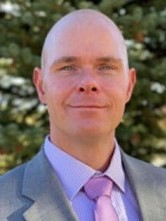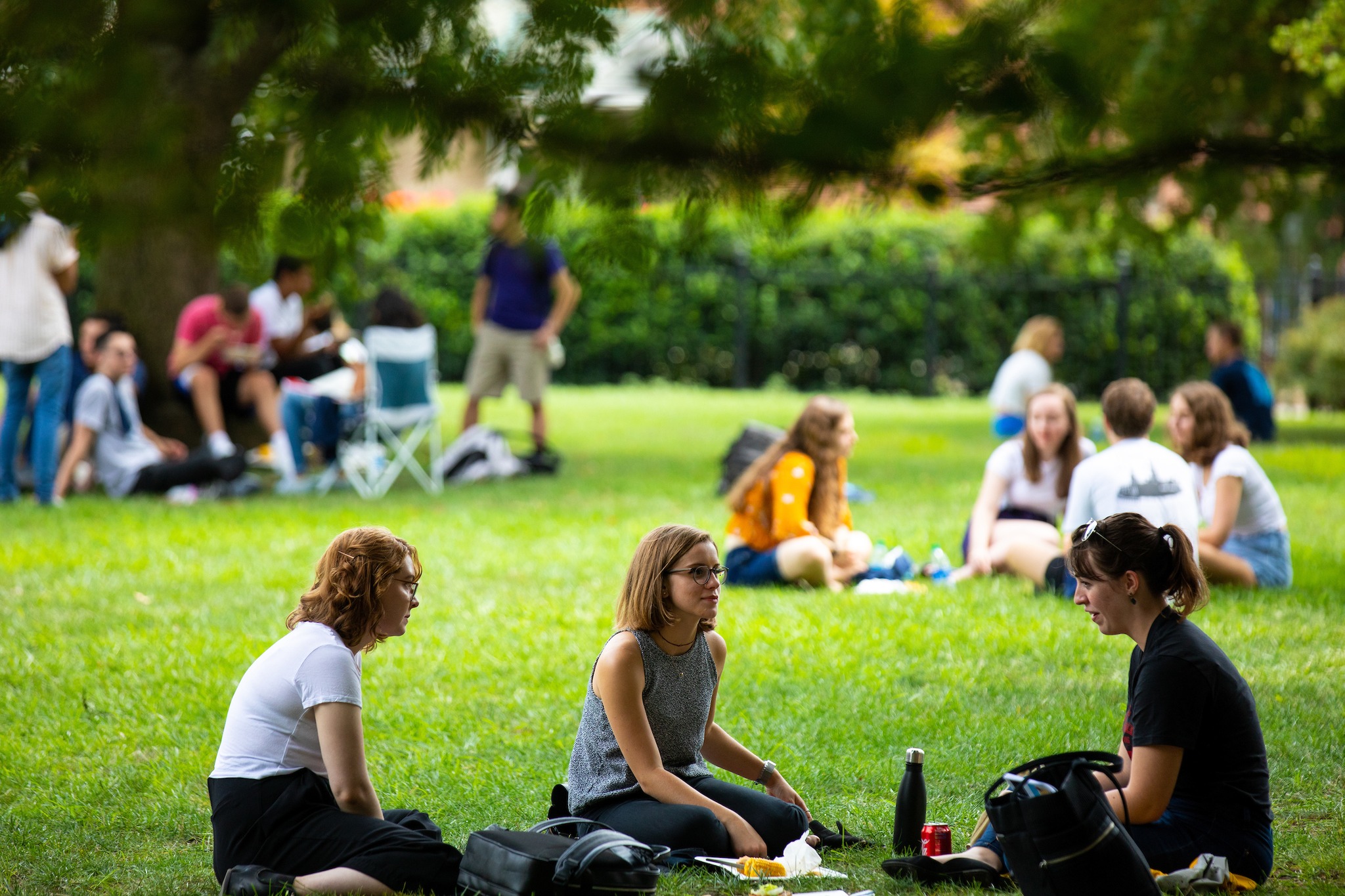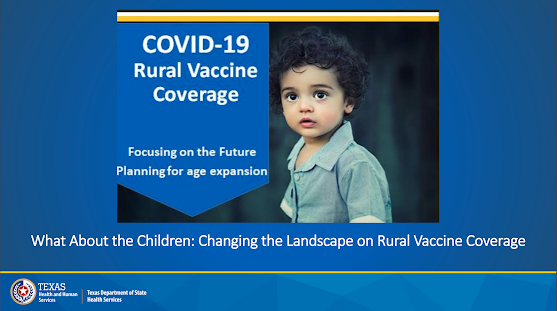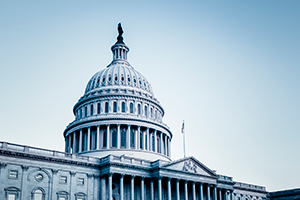by Scott McCoy, Jesse Pietz and Joseph H Wilck


Overview
In late 2020, universities faced a moral and operational crisis: Should they reopen for in-person learning amid a global pandemic? This decision held profound ethical implications, touching on public health, education, and institutional survival. Using the Moral Intensity Framework (MIF), a multidimensional ethical decision-making model, researchers analysed the reopening choices of 62 US universities to evaluate the ethical considerations and outcomes. Here’s how MIF provides critical insights into this complex scenario.
Why the Moral Intensity Framework matters
The Moral Intensity Framework helps assess ethical decisions based on six dimensions:
- Magnitude of Consequences: The severity of potential outcomes.
- Social Consensus: Agreement on the morality of the decision.
- Probability of Effect: Likelihood of outcomes occurring.
- Temporal Immediacy: Time between the decision and its consequences.
- Proximity: Emotional or social closeness to those affected.
- Concentration of Effect: Impact on specific groups versus broader populations.
This framework offers a structured approach to evaluate ethical trade-offs, especially in high-stakes, uncertain scenarios like the COVID-19 pandemic.
Universities’ dilemma: in-person -v- remote learning
The reopening debate boiled down to two primary considerations:
- Educational and Financial Pressures: Universities needed to deliver on their educational mission while addressing steep revenue losses from tuition, housing, and auxiliary services. Remote learning threatened educational quality and the financial viability of institutions, especially those with limited endowments.
- Public Health Risks: Reopening campuses risked COVID-19 outbreaks, jeopardising the health of students, staff, and surrounding communities. Universities also faced backlash for potential spread to vulnerable populations.
Critical Findings Through the Moral Intensity Lens
Magnitude of Consequences
Reopening for in-person learning presented stark risks: potential illness or death among students, staff, and the community. However, keeping campuses closed threatened jobs, reduced education quality, and caused financial strain. The scale of harm from reopening was considered higher, particularly in densely populated campus settings.
Social Consensus
Public opinion and government policies influence decisions. States with stringent public health mandates leaned toward remote learning, while those with lenient regulations often pursued in-person or hybrid models. Administrators balanced community sentiment with institutional needs, highlighting the importance of localized consensus.
Temporal Immediacy
Health risks from in-person learning manifested quickly, while financial and educational setbacks from remote learning had longer timelines. This immediacy added ethical weight to public health considerations in reopening decisions.
Probability of Effect
The uncertainty surrounding COVID-19 transmission and mitigation complicated ethical judgments. Universities needed more data on the effectiveness of safety protocols, making probability assessments challenging.
Proximity and Concentration of Effect
Campus communities are close-knit, amplifying the emotional weight of decisions. Both reopening and remaining remote affected broad populations similarly, lessening these dimensions’ influence.
Ethical Outcomes and Practical Mitigation Strategies
Many universities implemented extensive safety measures to align reopening decisions with ethical standards:
- Testing and Tracing: Pre-arrival testing, on-campus surveillance, and contact tracing reduced outbreak risks.
- Modified Learning Environments: Hybrid and remote options ensured flexibility, accommodating vulnerable populations.
- Health Protocols: Social distancing, mask mandates, and enhanced cleaning protocols were widely adopted.
Despite risks, universities that reopened often avoided large-scale outbreaks, demonstrating the effectiveness of these measures.
Lessons for Crisis Management
The COVID-19 reopening experience offers valuable lessons for future crises:
- Use Multidimensional Ethical Frameworks: Applying tools like MIF provides structure to navigate complex moral dilemmas.
- Prioritize Stakeholder Engagement: Balancing diverse perspectives helps bridge gaps between perceived and actual risks.
- Adapt Quickly: Flexibility in implementing mitigation strategies can mitigate harm while achieving core objectives.
- Build Resilience: Strengthening financial reserves and digital infrastructure can reduce future vulnerabilities.
Global Implications
While this analysis focused on U.S. universities, the findings have worldwide relevance. Institutions globally grappled with similar decisions, balancing public health and education amid diverse cultural and political contexts. The Moral Intensity Framework offers a universal lens to evaluate ethical challenges in higher education and beyond.
Conclusion
The reopening decisions of universities during COVID-19 exemplify the intricate balance of ethical, financial, and operational considerations in crisis management. The Moral Intensity Framework provided a robust tool for understanding these complexities, highlighting the need for structured ethical decision-making in future global challenges.
This blog is based on an article published in Policy Reviews in Higher Education (online 20 September 2024) https://www.tandfonline.com/doi/full/10.1080/23322969.2024.2404864.
Scott McCoy is the Vice Dean for Faculty & Academic Affairs and the Richard S. Reynolds, Jr. Professor of Business at William & Mary’s Raymond A. Mason School of Business. His research interests include human computer interaction, social media, online advertising, and teaching assessment.
Jesse Pietz is a faculty lead for the OMSBA program at William & Mary’s Raymond A. Mason School of Business. He has been teaching analytics, operations research, and management since 2013. His most recent faculty position prior to William & Mary was at the U.S. Air Force Academy in Colorado Springs, Colorado.
Joseph Wilck is Associate Professor of the Practice and Business Analytics Capstone Director
Kenneth W. Freeman College of Management, Bucknell University He has been teaching analytics, operations research, data science, and engineering since 2006. His research is in the area of applied optimization and analytics.








